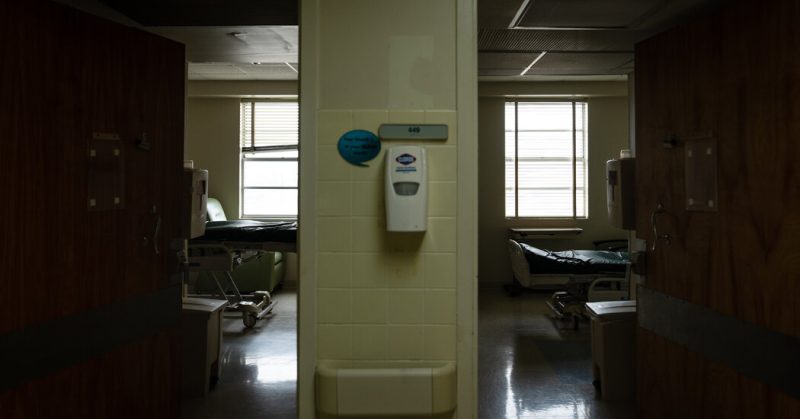C.D.C. Sets New Standards for Hospitals to Combat Sepsis

On a Wednesday afternoon in 2012, 12-year-old Rory Staunton got a scrape during a middle-school basketball game. His gym teacher applied two Band-Aids to the cuts on his arm.
By Thursday, Rory had a 104-degree fever, vomiting and leg pain, but the emergency room staff at NYU Langone Health suspected dehydration and gave him fluids and anti-nausea medicine.
By Friday, the boy was critically ill. By Sunday, he was dead. Hospital records show the cause was severe septic shock.
More than a decade later, Rory’s mother, Orlaith Staunton, believes that change may finally be coming, that there may fewer tragedies like this one in the future. The Centers for Disease Control and Prevention on Thursday released new guidelines to help hospitals quickly detect and treat cases of sepsis.
The road map, a 35-page document outlining the “core elements” of a hospital sepsis program, is meant to help administrators bring together experts from various medical disciplines to detect and treat sepsis faster.
Dr. Raymund Dantes, a C.D.C. medical adviser and one of the experts who designed the new guidelines, said they were intended to “complement clinical guidelines” by detailing the infrastructure needed to equip health care workers on the front lines.
An interdepartmental sepsis group should “look something like hospitals’ other code teams,” said Dr. Chris DeRienzo, the chief physician at the American Hospital Association, at a news briefing on Thursday.
He likened the teams to a “well-oiled NASCAR pit crew,” coordinated to act quickly at the first signs of sepsis.
Sepsis is an extreme immune response to an infection, which sends a chain reaction through the body that can result in tissue damage, organ failure and death. About one in three people who die in a hospital had sepsis during their time there, according to the C.D.C. About 1.7 million adults in the United State develop sepsis each year, and about 350,000 of them die or are moved to hospice.
Despite its prevalence, hospitals often misdiagnose the illness because it is masked by common symptoms, such as fevers and shivering, clamminess and shortness of breath, according to Dr. Hallie Prescott, a sepsis expert at the University of Michigan who helped develop the C.D.C. guidelines.
Sepsis detection and care also require coordination across departments and disciplines, a weak point in many health care settings.
A new survey of over 5,000 hospitals found that about 73 percent had sepsis teams, but only 55 percent had a leader with time allocated to manage the program. Only about half of hospitals integrate their sepsis programs with antibiotic stewardship initiatives, despite the fact that these drugs are the key to recovery.
The C.D.C.’s guidance explores the best practices for sepsis programs in both large hospital systems and small rural facilities, including how to allocate personnel and financial resources, institute processes to improve case identification, and train staff members to look for symptoms.
The agency now says that sepsis programs should include experts from the hospital’s antimicrobial stewardship, the emergency room, infectious disease department and even the pharmacy — and should be led by both a doctor and a nurse.
Every hospital should have a well-rehearsed “code sepsis” protocol and a live dashboard for tracking various metrics in case management and outcomes.
Dr. DeRienzo said hospital administrators should think of the C.D.C.’s road map not as a prescriptive plan but as “scaffolding” upon which to build a program that fits the local context.
The C.D.C. also offered a detailed assessment tool to help apply the guidance to the local setting, as well as a list of first steps for the 1,400 hospitals in the United States that, according to the survey, must begin from scratch.
Rory’s mother, Ms. Staunton, who started a foundation to combat sepsis with her husband, Ciaran Staunton, acknowledged the federal guidance didn’t go as far as the state regulations they championed the year after Rory died. (In 2013, New York became the first state to mandate that all hospitals adopt sepsis protocols, known as “Rory’s regulations.”)
Still, after years of pleading with C.D.C. officials to take action, she is hopeful that the new guidance won’t slide to the bottom of the pile among hospital administrators’ tasks.
“It’s too late for Rory,” but not for the three million others who are predicted to die of sepsis in the next decade, Ms. Staunton said in an interview. “He never got to graduate high school, or college, or have a girlfriend,” she said. “If the C.D.C. guidelines had been in place 11 years ago, when our son died at a major New York City hospital, maybe he would have.”








